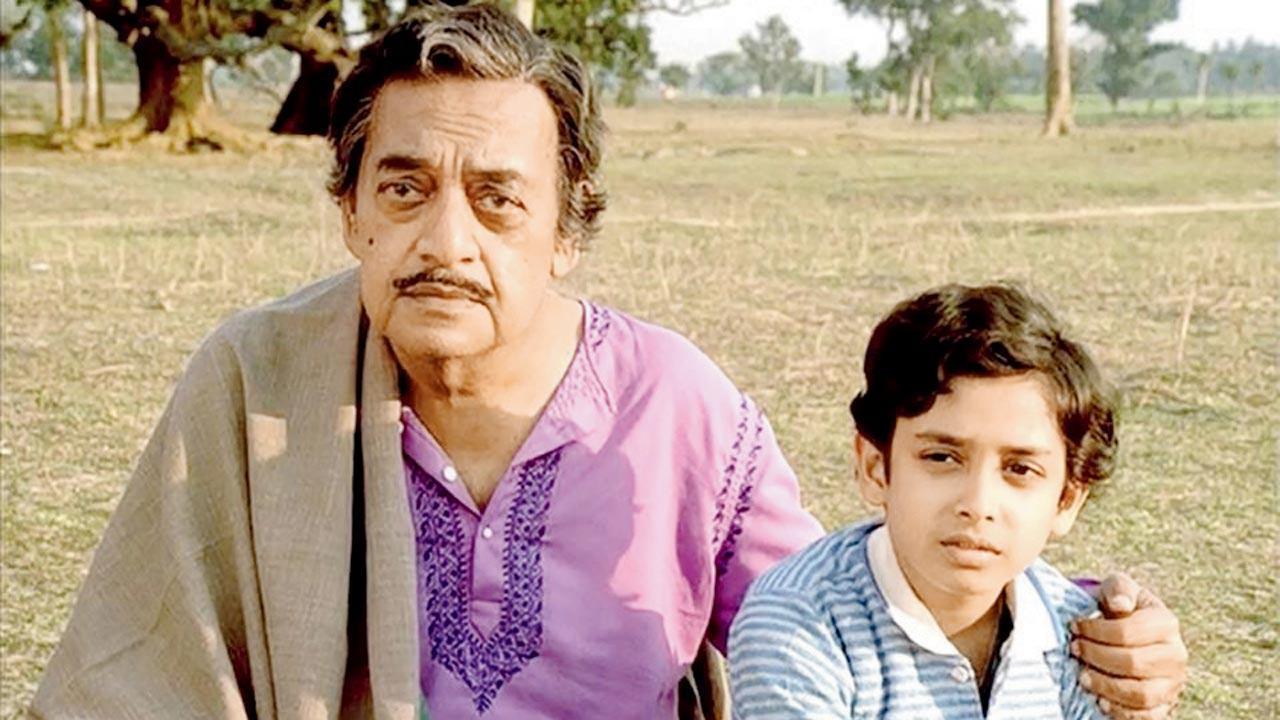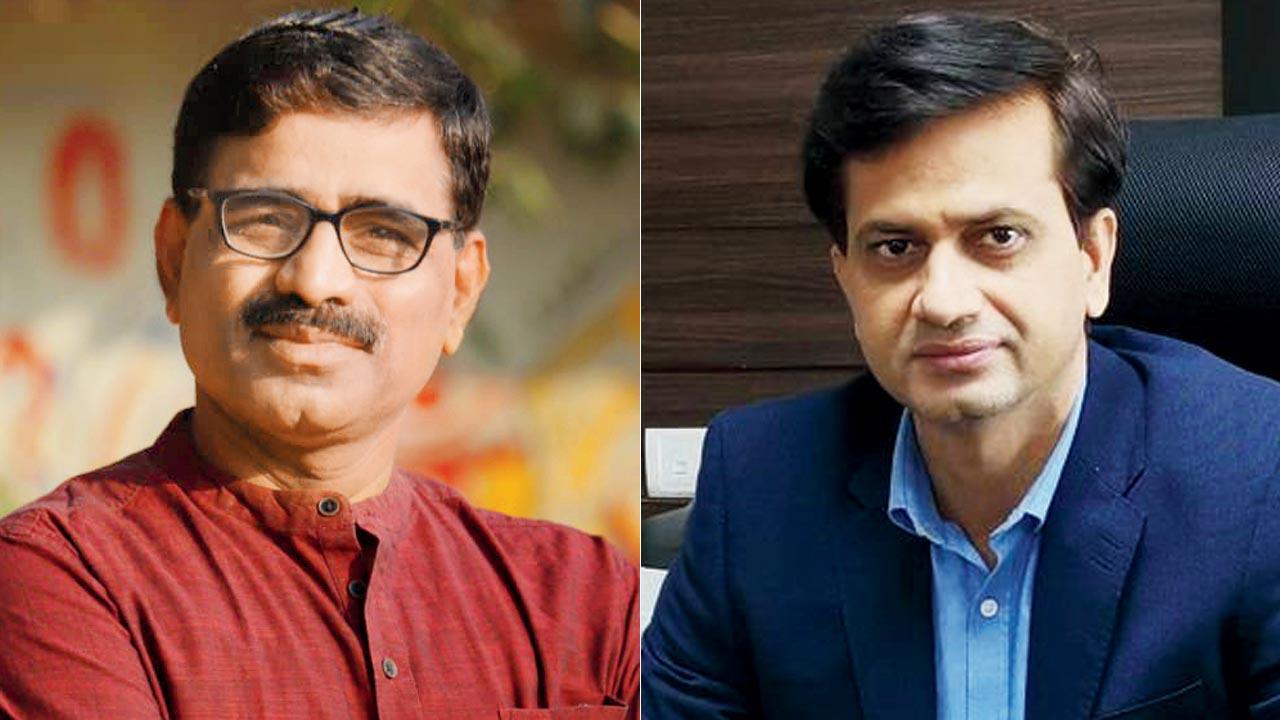As public cinema bodies invite people to share rare film material for preservation; we speak with experts in the field to understand the type of uncommon that qualifies for archiving

Agantuk is one of the Satyajit Ray films digitised by NFDC. Pic/Youtube
Being a habitual procrastinator, some phrasal verbs innocently provoke this writer. Sit on — is one such verb. Although a recent post on social media with the aforementioned words in its subhead felt personal, it rang out louder as a community call. The Pune-based National Film Archive of India (NFAI) has posted an invitation for the public to share rare film and non-film material for conservation under National Film Heritage Mission (NFHM).
ADVERTISEMENT
Archiving information in paper or non-paper formats for long-time retention is essential. NFAI has been joined by National Film Development Corporation of India (NFDC) and Film Division of India (FDI) in Mumbai, and Satyajit Ray Film & Television Institute (SRFTI) in Kolkata among other centers. They have come together to expand India’s cinematic history. Ravinder Bhakar, managing director, NFDC, shares, “We are in the second phase of digitising 5,000 films under NFHM; of which, 1,400 have already been digitised. It is our request to groups and individuals to submit articles of value to us, as without the necessary skill and technological back-up, such data can get damaged beyond repair.” Bhakar informs that their latest project involved digitising 10 of Satyajit Ray’s films.
 Santosh Pathare; (right) Ravinder Bhakar. Pic/Twitter
Santosh Pathare; (right) Ravinder Bhakar. Pic/Twitter
The concerned platforms are looking out for cinematic pieces that can help juxtapose points in time — from still photographs, moving images, VHS tapes, and U-matic tapes to documentaries, wall posters, song booklets and lobby cards.
Director-researcher Santosh Pathare feels professors can play an active role in steering students: “That’s how you connect reel to real.” Any cine enthusiast can contribute to the cause, “Often, it is tough to source old editions of books and magazines. Collectors who have such pieces can help. Old tickets, photographs and factual memories about how cinema houses have survived can also be shared. Producers and directors who might have made a couple of films before they lost interest, but have unfinished material in their possession can also benefit a collective bank.”
Log on to @nfaiofficial
 Subscribe today by clicking the link and stay updated with the latest news!" Click here!
Subscribe today by clicking the link and stay updated with the latest news!" Click here!







